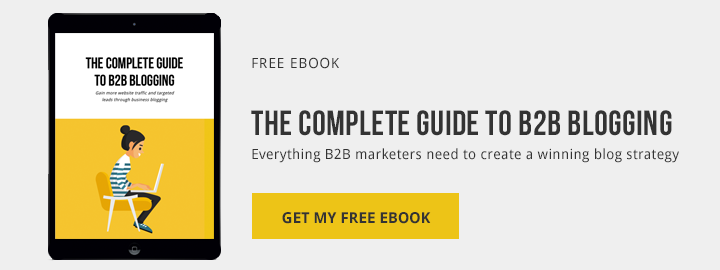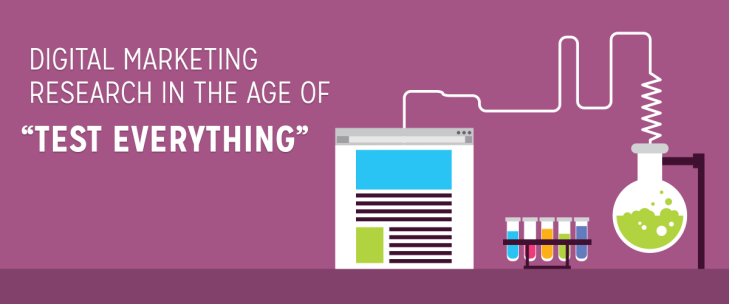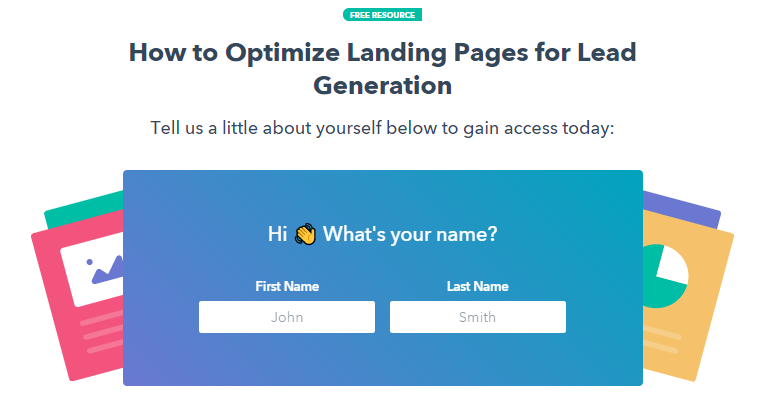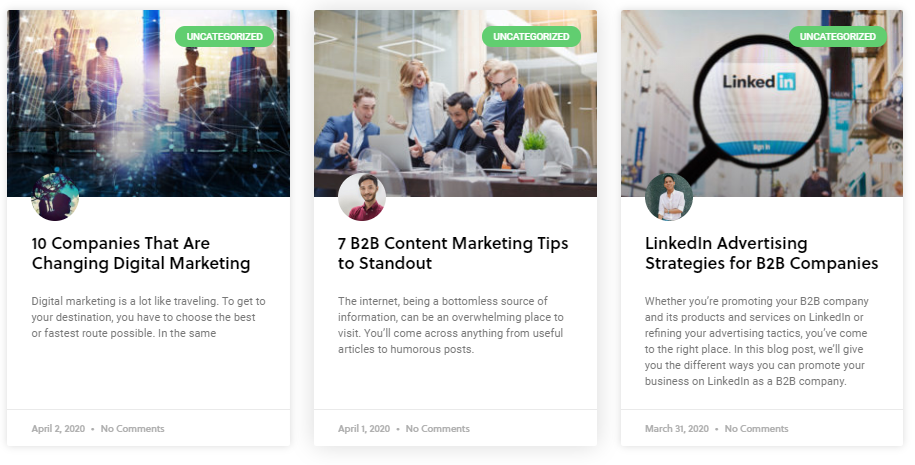The modern consumer is well informed since the wealth of information available online has given them the power to make educated purchasing decisions. This makes your company’s online presence all the more vital, and there’s no better way to improve recognition than on search engines (SERPs).
While SEO can work on your organic traffic, you shouldn’t overlook SEM, either. SEM or Search Engine Marketing used to be an all-encompassing term that refers to marketing activities on search engines, including SEO, paid search, and pay-per-click (PPC). Over time, it became exclusively used to refer to paid search.
And while PPC ads in general require payment, paid search ads are specific to advertising on search engines. To make the long story short, SEM is now the process of driving traffic through ads on the SERPs that appears when a keyword related to a brand, product, or service is looked up. According to studies, visitors from ads are more likely to buy compared to organic ones. It’s not surprising, considering that an ad is based on a clear need of the user, rather than the implicit information they may be looking for.
Why Use Paid Search Ads for Your Business?
1. Produce measurable results fast
Because of a search ad’s transactional nature, you can easily see results from your paid search campaigns. There are several platforms and tools for measuring your KPIs, including the number of clicks, cost per click, actual sales from the clicks, and so on.
Aside from that, you can also see details of the users who have seen or engaged with the ad like their gender, age group, and more. From there, you can gather insights on how to come up with better, more targeted campaigns.
2. Improve brand recognition
Brand recognition may not be a measurable KPI, but it is something that you can enjoy after some time. Not everyone will click on your ad, but the more often someone searches for a related industry keyword, the more often they will also be exposed to your brand and site. Enough recognition can later result in a sale.
3. Advertise to a targeted audience
Search engine ads can be customized to reach their intended audience depending on an optimal time (or when they are most likely online), their geographical location (which is useful for local search), the device they are using (mobile and desktop search ads can appear differently), as well as other definitive information.
4. Generate qualified leads
Because you are targeting customers who are already interested in your business and products, the leads that will be coming from your ads are, therefore, more relevant and can be easily converted.
5. Budget-friendly
Even in traditional advertising, it’s almost impossible to put out an ad for free. With paid search however, you’re only putting your money where the results are. By targeting users who are highly likely to convert, you can optimize your budget and boost ROI. You can also set budget caps for your campaigns so that the search engines will not overspend.
In addition, for PPC ads, you only have to pay the ad publisher when someone clicks on the advertisement. Depending on the competitiveness of your keyword, as well as other factors, you only have to pay as low as $0.86 (inversely, it can also go up to $35). Lastly, there’s no minimum spending requirement for paid ads. It can even be paused if needed.
Paid Search Ads in a Nutshell
1. Keyword research
Leading search engine Google gets up to 3.5 billion searches daily, so if you want your ad to appear to the right users, you need to pick the most relevant keywords to your brand and offerings. Some keywords perform better than others in terms of bidding competition, cost-per-click (CPC), and other factors, so make sure to get those that have low CPCs but have high buying intent.
2. Copywriting
A paid search ad usually comprises of Headlines 1 and 2 (30 characters each) and a Description (80 characters). Obviously, you need good copy to convince users to click. Make sure that it is relevant to your target keywords and includes your unique selling points (USP), as well as a call-to-action (CTA).
3. Landing page development
The user is redirected to a landing page after clicking your ad. And since you’re paying for this click, you need to make sure that the page is optimized for conversions. Your landing page should be aesthetically pleasing in terms of design, but an uncluttered, easy-to-navigate page with your message and CTA in focus is still fundamentally more important.
Imagery should reflect your brand and offerings, but don’t put too many photos. Not only can this confuse visitors, but it can also affect the page’s loading time. A survey on online behavior found that users expect a page to load within two seconds, making page speed critical for conversion.
4. Bidding
Bidding is an essential step, especially if your keywords are highly competitive. There’s a bidding strategy for every campaign goal, but you’ll want to start with manual bidding to learn how the process goes. It will also help you run tests to improve your bidding strategy. You can also try automated bidding, wherein your historical conversion data is used to optimize bids.
4. Optimization
Regular tests and optimization improves your processes and addresses any issues you may be having with your campaign. For instance, do keyword research often to refine your keywords list. You can also change things up with your bidding strategy to find the best combinations.
Paid Search Advertising Platforms
1. Google Ads
Google is not only the biggest search engine in the world (capturing 77% of the market), but it’s also the leading provider of search ads. While being the leading search engine is mainly the reason why, it also helps that the company is a data analytics powerhouse.
You need a Google account and a budget of at least $10/day to use Ads. While it is indeed a great platform, it has since become so saturated that it’s getting hard to thrive. CPC has also increased significantly.
2. Bing Ads
Microsoft’s Bing receives 122.8 million searches per day, capturing 7% of the search market and making it a decent alternative SEM platform, with even cheaper CPCs than Google. Aside from having control over how much you can funnel into your campaign, Bing Ads makes it easy to adjust—you can change settings for an ad group without having to revamp the whole campaign.
3. Yahoo/AOL
Yahoo used to have its own ad platform with Yahoo Gemini but has since partnered with AOL under Verizon Media. It still offers native advertising, including content recommendation boxes, to help grab people’s attention.
4. Criteo
Criteo’s retargeting technique, which uses technology and algorithms, is unique to the company. It can facilitate the delivery of personalized messages by corresponding results to the consumers’ browsing history.
5. IgnitionOne
The platform uses an algorithm to collect and score customer interests, value, and on-site activity to get more insights about their target market. After scoring, they will build your audience, determine the channels you need to improve and optimize the ad’s creatives, bids, and placements.
5. Aquisio
Acquisio is a platform suitable for almost every budget. It ingests data from seasonal times of the day/week, location, position, ad platform, and budget decisions by a set of 30 algorithms, to make sure that your budget is allocated equally depending on the results you want.
Brand Visibility on a Budget
Free publicity is good and all, but to grow your business, you need to take calculated risks. Gone are the days of set-it-and-forget-it ads. In this digital era, you have every mean and tools to do the appropriate research before shelling out a budget for ads that will help customers find you.
Find the right platform, keyword, audience, and message to grow your business. Contact Spiralytics Agency today and learn how Paid Search Advertising can improve your company’s bottom line!





